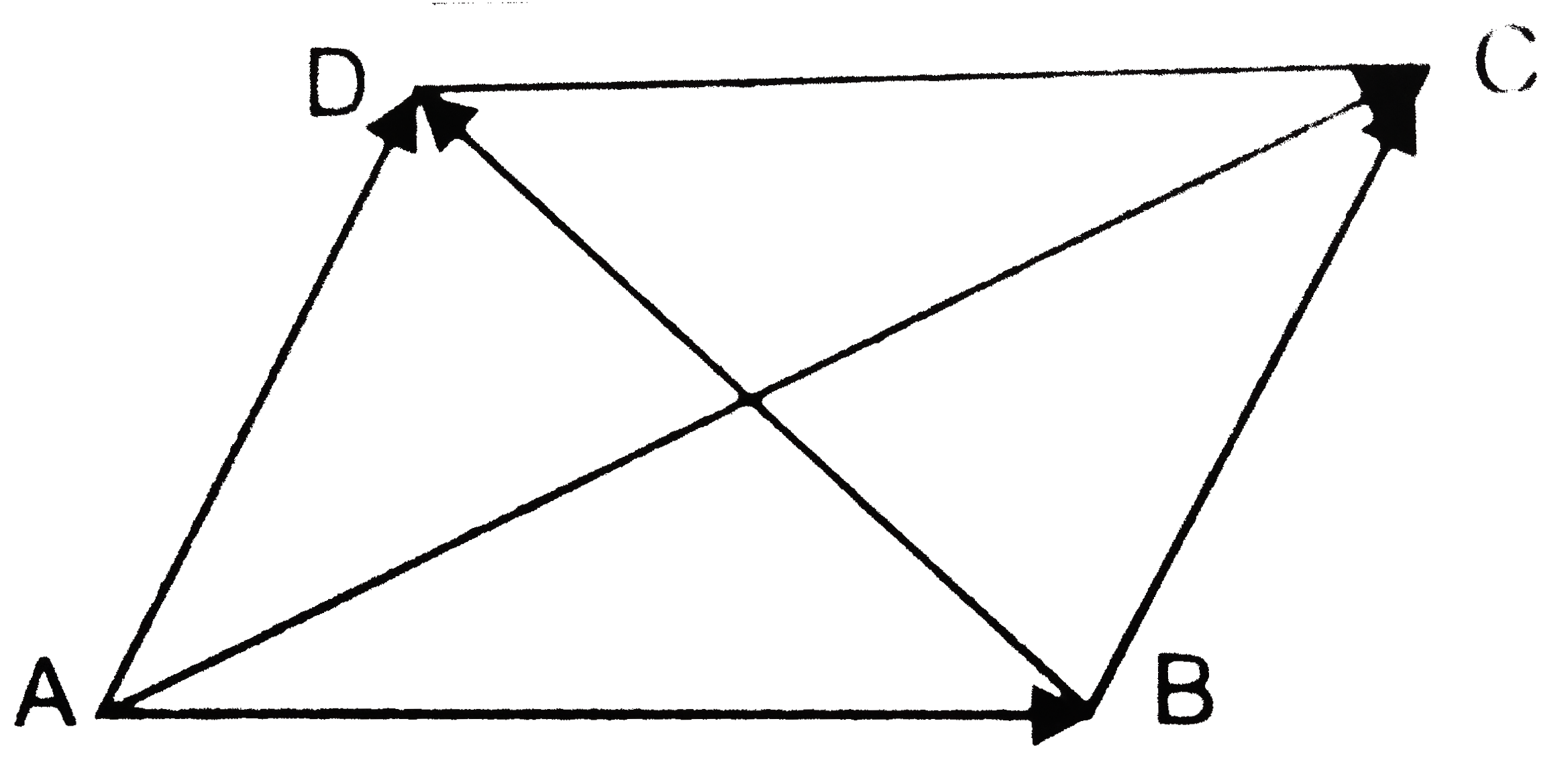ABCD is a quadrilateral whose diagonals are AC and BD. Which one of the following is correct? (a) →BA+→CD=→AC+→DB (b) →BA+→CD=→BD+→CA (c) →BA+→CD=→AC+→BD (d) →BA+→CD=→BC+→AD
Step by step video & image solution for ABCD is a quadrilateral whose diagonals are AC and BD. Which one of the following is correct? (a) vec BA + vec CD = vec AC + vec DB (b) vec BA + vec CD = vec BD + vec CA (c) vec BA + vec CD = vec AC + vec BD (d) vec BA+vec CD =vec BC + vec AD by Maths experts to help you in doubts & scoring excellent marks in Class 12 exams.
Updated on:21/07/2023Similar Questions
Knowledge Check
ABCD is a parallelogram with AC and BD as diagonals. Then, A→C−B→D=
A4A→BB3A→BC2A→BDA→B
If ABCD is a quadrilateral, then −−→BA+−−→BC+−−→CD+−−→DA=
View SolutionIf ABCD is quadrilateral and EandF are the mid-points of ACandBD respectively, prove that →AB+→AD +→CB +→CD =4 →EF.
View SolutionIf ABCD is a quadrilateral, then the resultantof the forces represented by −−→BA,−−→BC,−−→CDand−−→DA is
View SolutionThe condition for equations →r×→a=→band→r×→c=→d to be consistent is →b.→c=→a.→d b. →a.→b=→c.→d c. →b.→c+→a.→d=0 d. →a.→b+→c.→d=0
View SolutionThe condition for equations →r×→a=→band→r×→c=→d to be consistent is →b.→c=→a.→d b. →a.→b=→⋅→d c. →b.→c+→a.→d=0 d. →a.→b+→⋅→d=0
View Solution−−→ACand−−→BD are the diagonals of a parallelogram ABCD. Prove that
(i)−−→AC+−−→BD−2−−→BC
(ii) −−→AC−−−→BD−2−−→AB
View SolutionA, B be points with PV's →a,→b. If the point C on OA is such that 2→AC=−−→CO.−−→CD is parallel to →OB and →CD=→OB then →AD
View Solution

 .
.